ST&HV Summer School 2024: Reflections on academic generosity and doing STS in Singapore
Lauren Kelly
03/10/2024 | Report-backs
Over four days in June, Early Career Researchers came together for the 2024 ST&HV STS School—an interdisciplinary event immersed in the fields of Science and Technology Studies. Held in Singapore, and hosted by the National University of Singapore and Singapore Management University, the Summer School offered workshops, keynote lectures, field trips, and robust discussion.
From the first session, it was clear that for many STS is a field they have come to “sideways,” collecting theories and methodologies like a magpie gathers treasure, then taking these back to their home discipline. Others referred to themselves as disciplinary misfits, straddling numerous academic areas and feeling not quite at home in any one particular discipline.
Each participant had the opportunity to present their work to the broader group, eliciting hours of conversation. Together we were a lively group, with interests spanning bees, mega-events, cryptocurrencies, food, trash, coral, labour platforms, archives, infrastructure, health, poisons, soil, the Cold War, medicines and diseases, surveillance, oceans, supermarkets, climate, satellite, waste water, ecologies, automation, and fire.
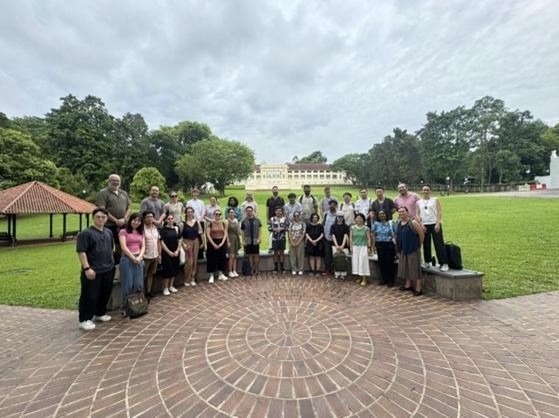
Participant group at Fort Canning [Image credit: Author]
Maintaining a high level of enthusiasm over four days in peak Singapore humidity is quite an achievement and it highlights the incredible success of the School, the beating heart of which was undeniably our mentors. All participants remarked that the level of care and constructive critique modelled by the School’s mentors was something often absent from our home institutions, but something early career scholars really crave. This generosity left a lasting impression—a bright example of how we can breakdown more odious academic cultures of competition and hazing.
Having these discussions in Singapore was significant. Thinking in-place with the “Smart Nation” certainly provided no shortage of inspiration for STS scholars. The location was also strategic, seeking to decentre North America from how and where we do STS. This is no easy task. Despite our best efforts, the prestige of elite American universities often lingered awkwardly in the background. Other times it was thrust front and centre—a gentle admonition that class and patronage are deeply intertwined with the academic profession. The challenge now becomes ensuring Singapore as a hub of STS scholarship does not reproduce these same structures of knowledge and power in the Asia region.
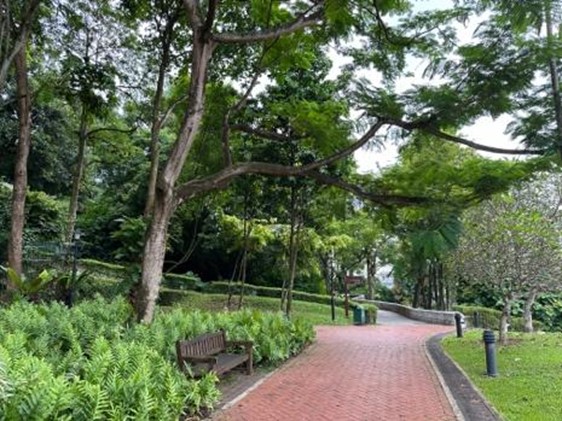
Lush and humid botanical gardens at Fort Canning [Image credit: Author]
Beyond the campus, field trips showcased the unique setting of Singapore for thinking and doing STS. One morning, a guided tour of Fort Canning weaved through the experimental botanical garden established by British colonial rulers in the early nineteenth century. The first plant of this test bed—the highly prized nutmeg—crystallises so much of Singapore’s significance; settler-colonialism, the spice trade, and experimentation with biodiversity. Strolling the gardens at this elevation also reveals panoramic marine views—ports, shipping containers, and semi-automated docks practically line the perimeter of the island. It’s a constant reminder that Singapore is a maritime power, a key node in the sprawling web of global logistical labour and supply chain capitalism.
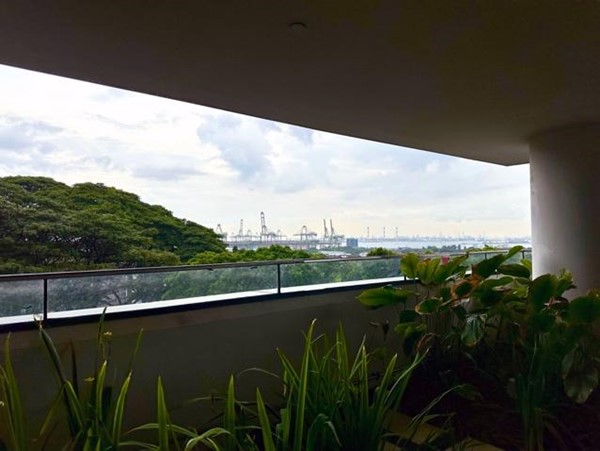
Singapore is a maritime power, enveloped by docks and cranes [Image credit: Author]
At times it was hard to maintain focus on our cheerful tour guide. This was not only because of the sweltering heat but also because there was so much happening in the background. In the distance, several small robotic lawn movers could be seen moving about the grounds of Fort Canning. About the same size as a Roomba, the robot cuts grass to keep the lawns impeccably manicured at all times. The minimal clippings are barely perceptible, falling to the ground where they remain as fertiliser. The robot will stay within the programmed designated area cutting grass 24/7 until its battery runs low, at which point it returns to its charging base. A more dextrous human worker must trim the very edges of the garden, and the robot can be controlled remotely when required. As with any form of automation, human labour is never far away.
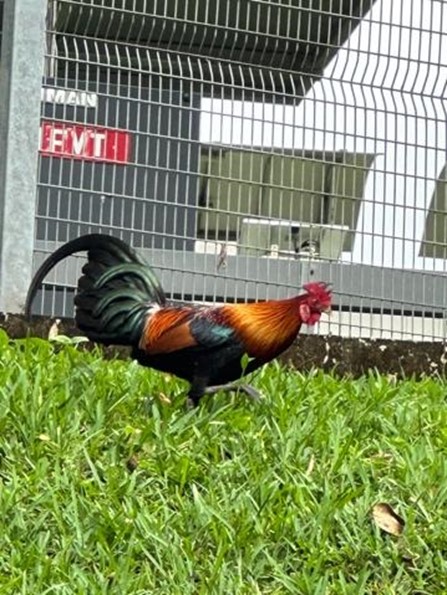
Wild rooster [Image credit: Author]
The following day the participants and instructors ate lunch together at a hawker centre, or complex of small food stalls. For me, Singapore’s hawker centres bring together some of the curious tensions of the city. They are vibrant, diverse, and lively, but also tightly enforced by rules. You can take your pick from an array of delicious cuisines and crack a beer in the warm open air, but fail to clear your plate correctly and you will be fined.
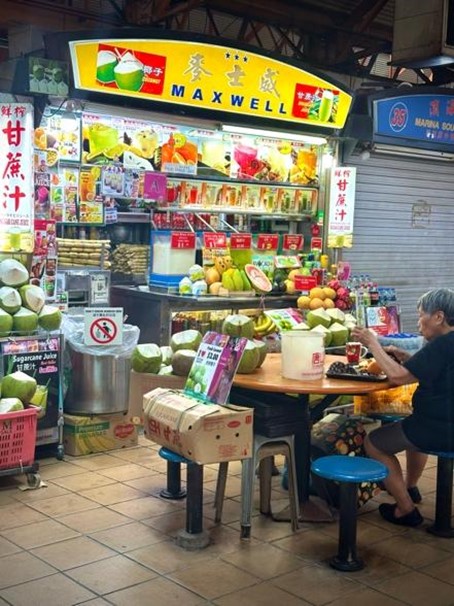
Singapore Hawker Centre [Image credit: Author]
During lunch someone asked, “where are all the insects?” and I realised I too had noticed an absence in the environment but couldn’t quite pinpoint exactly what it was. A local participant explained Singapore’s stringent management of Dengue fever across the island. Public health officials have the power to go door-to-door through residential areas, sometimes in hazmat suits, seeking out potential mosquito sanctuaries. Receptacles that could collect stagnant water are absolutely prohibited, and can, of course, attract a hefty fine.
Fumigation is another method of control. I was told that when it begins, and the cloud of ostensibly harmless chemicals begins mushrooming into the air, mothers with small children in prams can be seen running in the opposite direction to seek shelter indoors. It’s an incredible mental image and something that has stuck with me ever since. Singapore’s Dengue control program is considered world-class, but it does say something about state surveillance in a place like Singapore. CCTV and facial recognition cameras are nearly ubiquitous. It seems fitting that even insects are tightly surveilled.
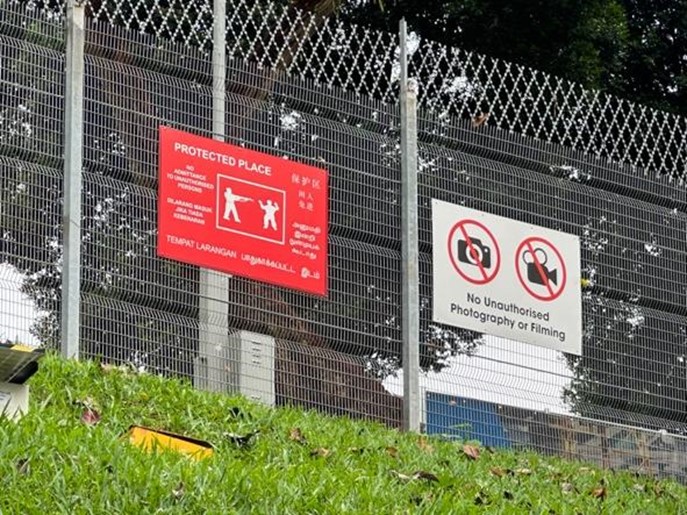 Title of image [Image credit: Author]
Title of image [Image credit: Author]Back in my hotel room later that day, I was shocked to see a large drone hovered outside my window. Was it conducting building maintenance or making a food delivery? Was it a government drone or tourist taking holiday snaps? It was impossible to know. I stared at the drone and presumably it stared back at me. Feeling a bit like a mosquito myself, I shut the curtains and went to bed.
In the weeks that have passed since the ST&HV STS School ended, participants have kept in touch from our various parts of the world. Many have expressed renewed enthusiasm for their own projects, which is surely a testament to the event’s success. Beyond research, the School has also fostered a commitment to extend the praxis of care afforded by the School’s instructors towards others in our own communities, and to find spaces where we can take up the role of mentor. This is the task ahead for our generation of STS scholars.
Published: 10/03/2024
